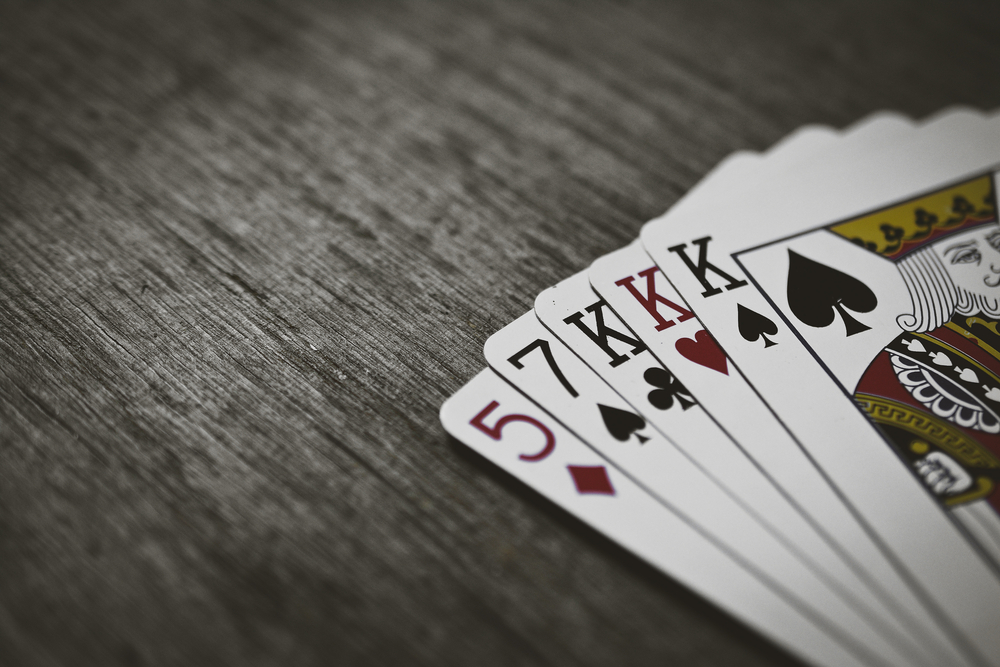There is a well-established maxim which states that poker is not, strictly speaking, a card game, but a game of ‘people reading’ which just happens to be played with cards. Unlike most games of chance, poker is winnable, primarily because of two factors: mathematics and psychology. Over time, poker rewards the most highly-skilled players and punishes weak, undisciplined players. Ultimately, the factors which determine who will win and who will lose in the long term can be viewed in strictly scientific terms. A decent grasp of mathematics helps a great deal. Knowing the odds of drawing a third card to match your pair, for instance, allows you to assess the risk-to-reward ratio. If the odds of success are slimmer than the current size of the pot divided by the amount you would need to stake to stay in the game at that point, then the only sensible move would be to fold. This is not a matter of opinion, luck or fate, but of cold, hard mathematics.The other crucial factor is psychology. The ability to read your opponents will give you a distinct advantage in determining the true strength of their hands. In face-to-face play, even the strongest players have ‘tells’: tiny tics and micro-expressions which give the game away when viewed by a skilled observer. The difficulty comes when trying to apply traditional methods to spot bluffs in online play. Body language is of no use online. As soon as you remove the visual element, it’s impossible to know whether your opponent has just narrowed his eyes or changed his posture, but there are other ways in which players give themselves away. Often, this has to do with the timing of their response, or a sudden variation in staking patterns.Many academic treatises have explored the psychology behind the perfect bluff, and whilst poker is always fundamentally a game of imperfect information, smart players are strongly advised to learn as much as they can about the art of spotting common giveaways in both online and offline play. In the ever-growing world of online poker, knowledge is power.
A decent grasp of mathematics helps a great deal. Knowing the odds of drawing a third card to match your pair, for instance, allows you to assess the risk-to-reward ratio. If the odds of success are slimmer than the current size of the pot divided by the amount you would need to stake to stay in the game at that point, then the only sensible move would be to fold. This is not a matter of opinion, luck or fate, but of cold, hard mathematics.The other crucial factor is psychology. The ability to read your opponents will give you a distinct advantage in determining the true strength of their hands. In face-to-face play, even the strongest players have ‘tells’: tiny tics and micro-expressions which give the game away when viewed by a skilled observer. The difficulty comes when trying to apply traditional methods to spot bluffs in online play. Body language is of no use online. As soon as you remove the visual element, it’s impossible to know whether your opponent has just narrowed his eyes or changed his posture, but there are other ways in which players give themselves away. Often, this has to do with the timing of their response, or a sudden variation in staking patterns.Many academic treatises have explored the psychology behind the perfect bluff, and whilst poker is always fundamentally a game of imperfect information, smart players are strongly advised to learn as much as they can about the art of spotting common giveaways in both online and offline play. In the ever-growing world of online poker, knowledge is power.